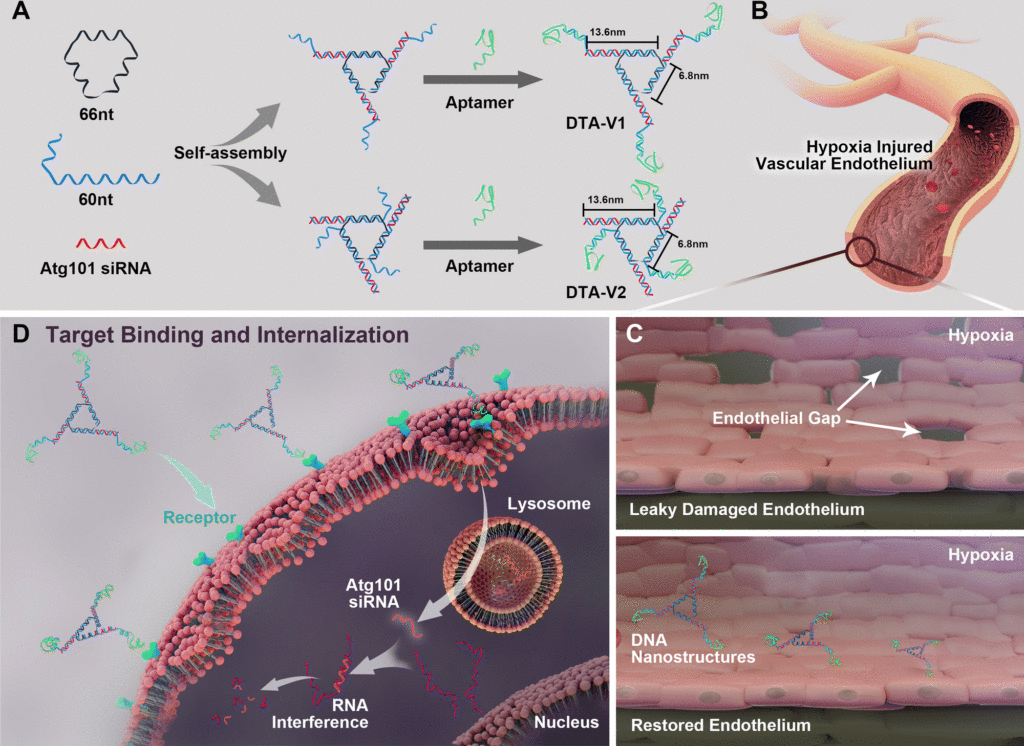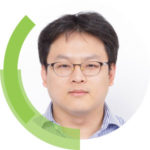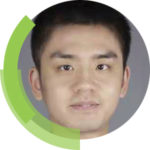Electrifying the synthesis of commodity chemicals can play a critical role in achieving carbon neutrality, as well as addressing global energy and environmental problems. Among the diverse range of chemicals, hydrogen peroxide (H2O2) has emerged as a promising green oxidant and liquid hydrogen carrier. However, H2O2 is currently produced by the anthraquinone autooxidation process under harsh conditions with huge energy consumption. Consequently, researchers have been actively exploring alternative approaches for the synthesis of H2O2 using renewable resources under milder conditions.
In this regard, extensive studies have focused on the green synthesis of H2O2 using renewable electricity and employing either electrocatalysts or photocatalysts directly powered by sunlight. Most conventional studies on electrochemical H2O2 production have been conducted under alkaline conditions, which are known to facilitate efficient H2O2 production. However, it is important to note that H2O2 becomes unstable at high pHs. Moreover, from an environmental standpoint, there is a strong desire to develop electrocatalysts that can operate at neutral pH.
In this context, a recent paper by Yang et al. reports very interesting results. The researchers prepared graphitic carbon nitride (g-C3N4) nanosheets (CNNS) embedded with various transition metal single atoms (TM SAs) and discovered that TM SA-embedded CNNS show high electrocatalytic activity for H2O2 production at neutral pHs. Among the various TM SAs tested, Ni SAs on CNNS were particularly effective and showed the highest mass-specific activity of ∼503 mmol gcat−1 h−1 and H2O2 selectivity of ~98%. According to their mechanistic analysis, the introduction of TM SA promotes the formation of N-C=N sites, which are beneficial for H2O2 production via a two-electron oxygen reduction reaction (2e− ORR), while suppressing the formation of C-C/C=C sites, which are beneficial for H2O production via a 4e− ORR. This suggests the excellent function of g-C3N4 as a support for TM SAs in selectively producing H2O2.
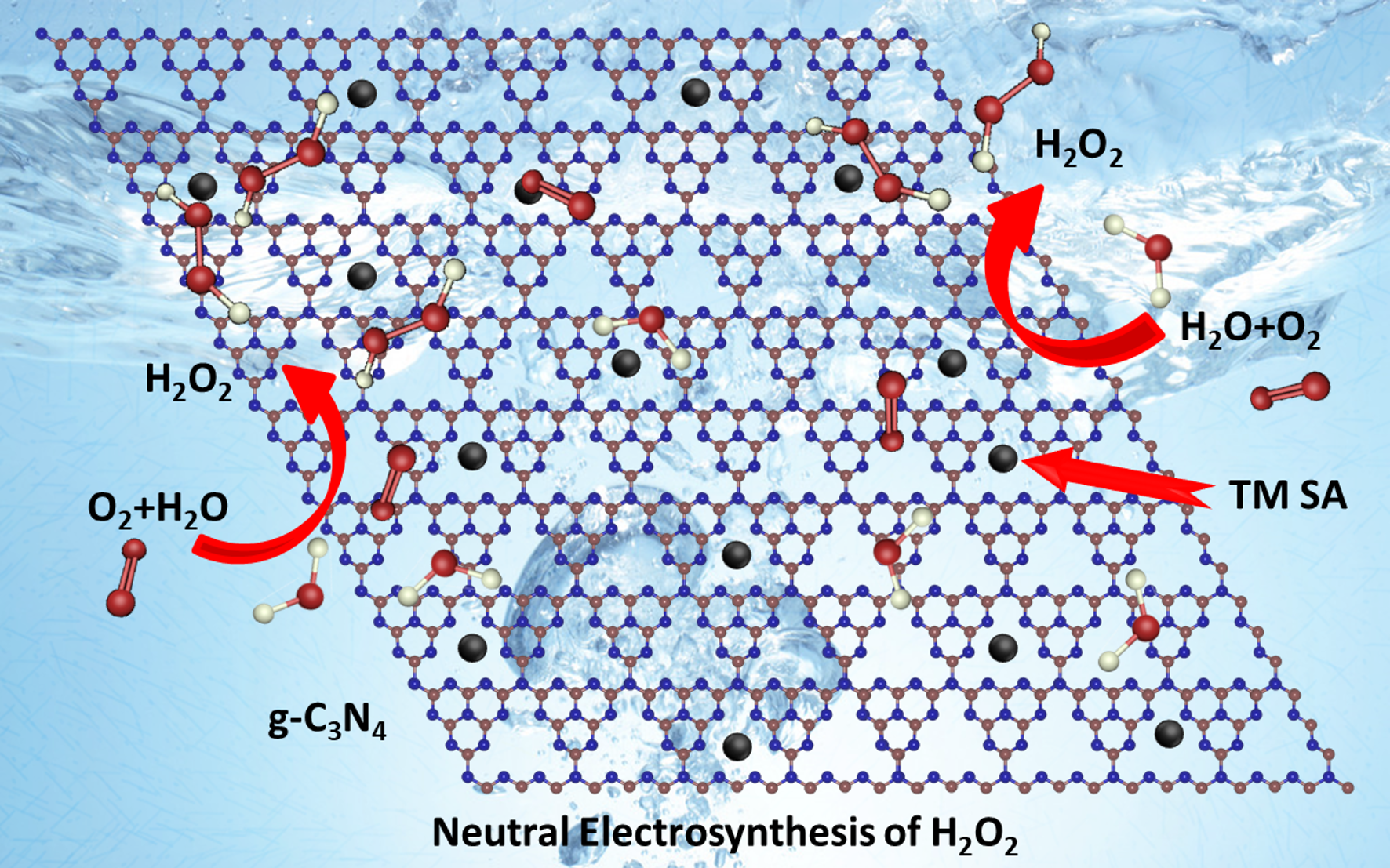
Fig. 1 Schematic of H2O2 production from H2O and O2 on a transition metal embedded graphitic carbon nitride sheet. Reproduced from DOI: 10.1039/D2NH00564F with permission from the Royal Society of Chemistry.
Notably, this paper is also intriguing from an academic perspective, as it demonstrates the efficient use of g-C3N4 as a support material for electrocatalysts, deviating from its traditional application as a photocatalyst in conventional studies. The findings offer new insights into the potential of g-C3N4 in catalytic systems and open avenues for further research in the field of sustainable chemical synthesis.
To find out more, please read:
Transition metal single atom-optimized g-C3N4 for the highly selective electrosynthesis of H2O2 under neutral electrolytes
Hongcen Yang, Fei Ma, Niandi Lu, Shuhao Tian, Guo Liu, Ying Wang, Zhixia Wang, Di Wang, Kun Tao, Hong Zhang and Shanglong Peng
Nanoscale Horiz., 2023, 8, 695–704
About the blogger
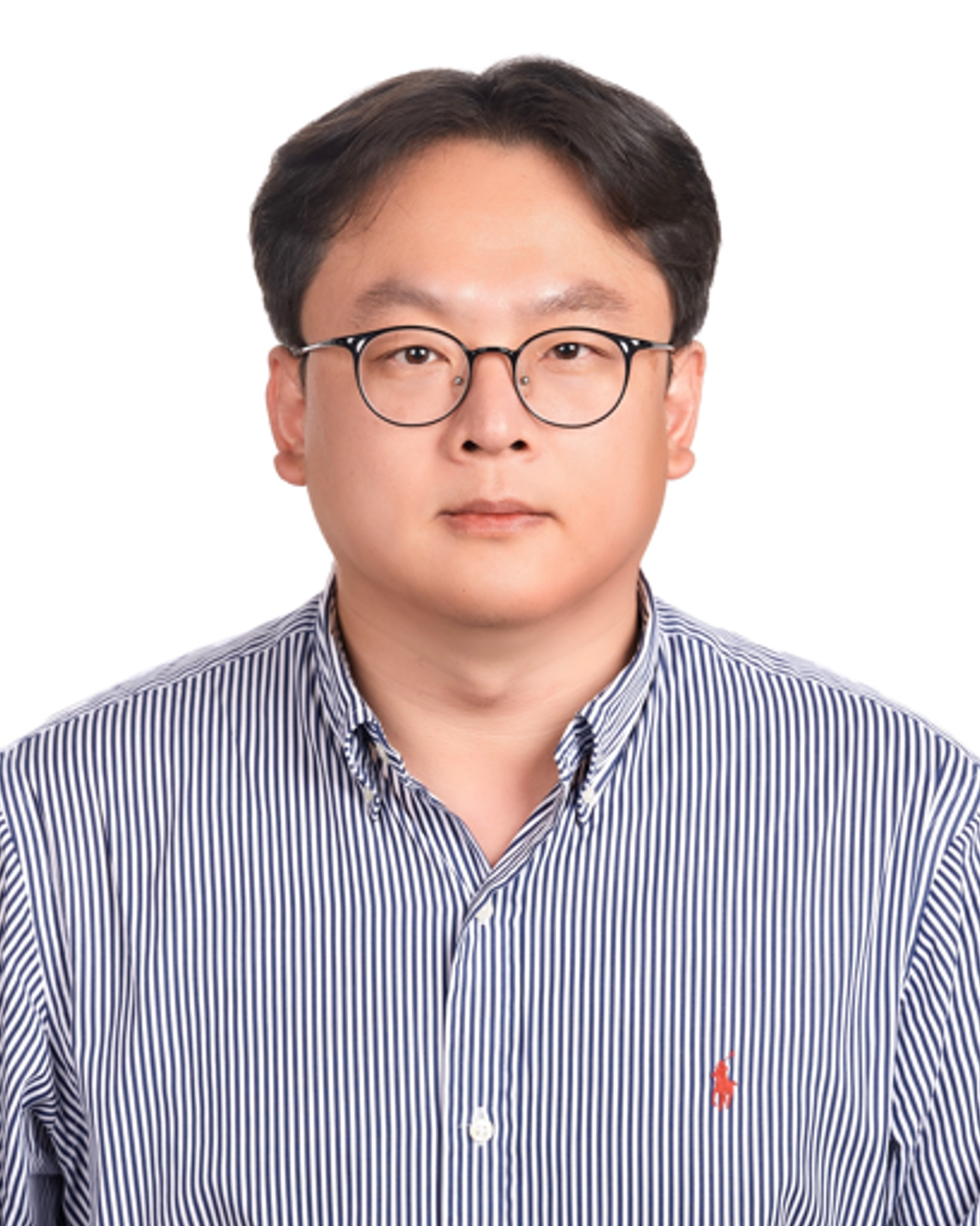
Jungki Ryu is a Professor at Ulsan National Institute of Science and Technology (UNIST) and member of the Nanoscale Horizons Advisory Board. Prof. Ryu’s research focuses on developing innovative electrochemical and photoelectrochemical systems using nanomaterials for hydrogen production, CO2 conversion and biomass/waste utilization. You can follow Jungki on Twitter @jungki1981 |











